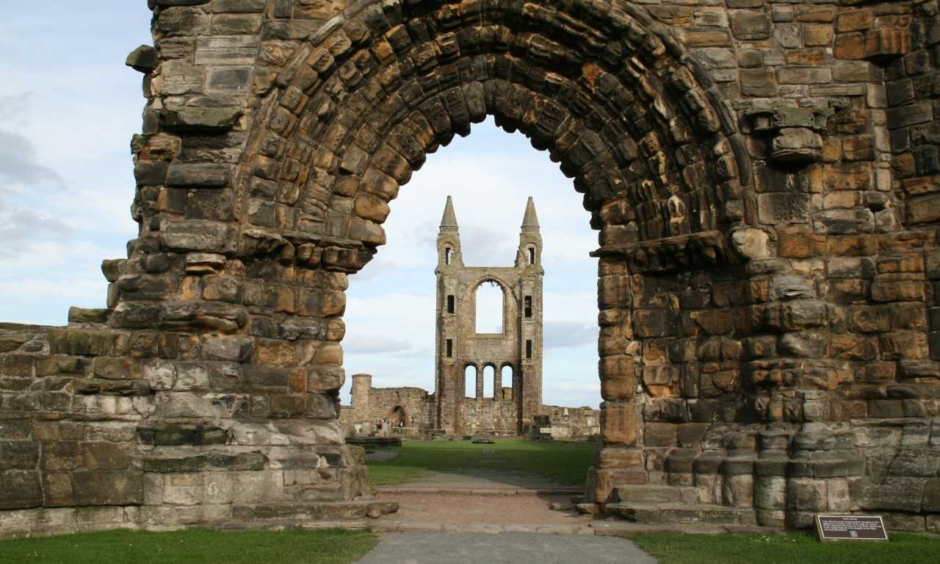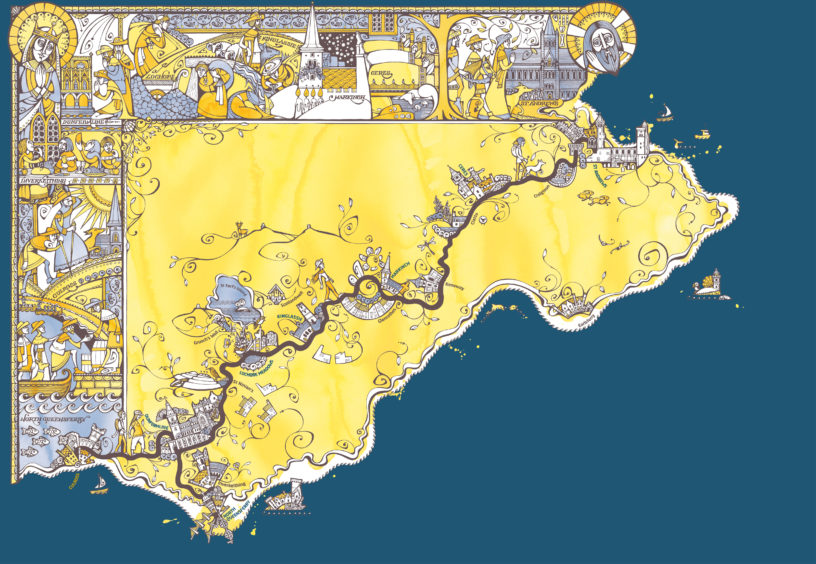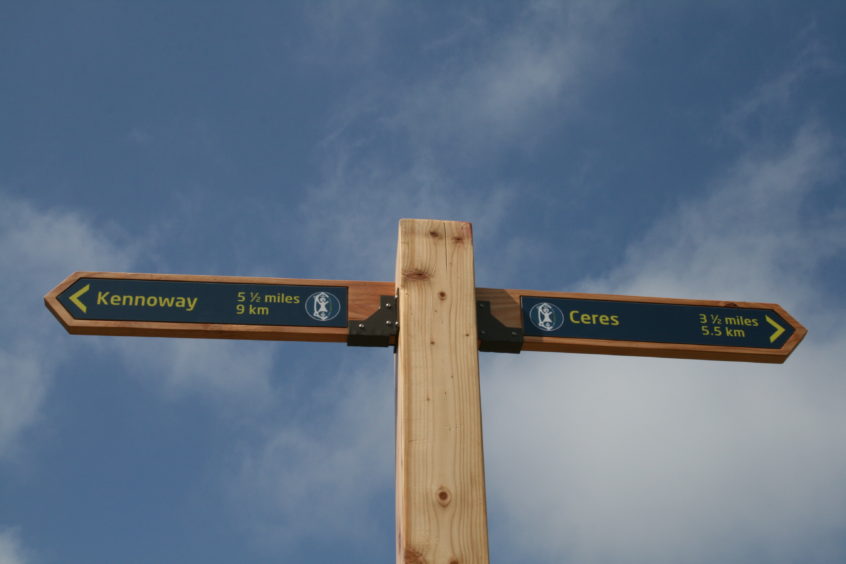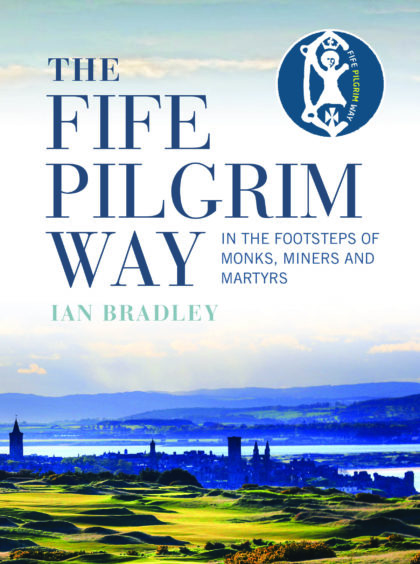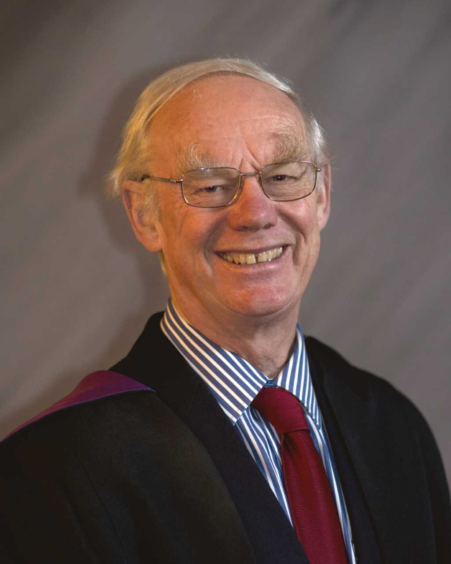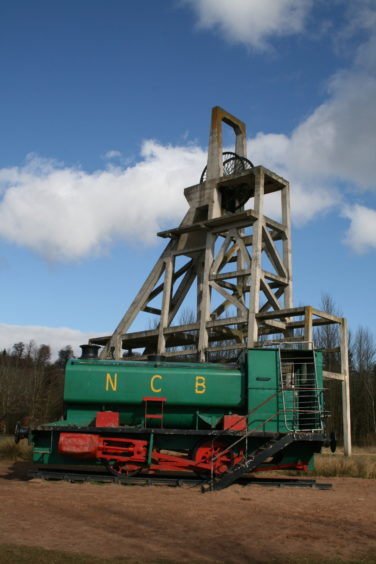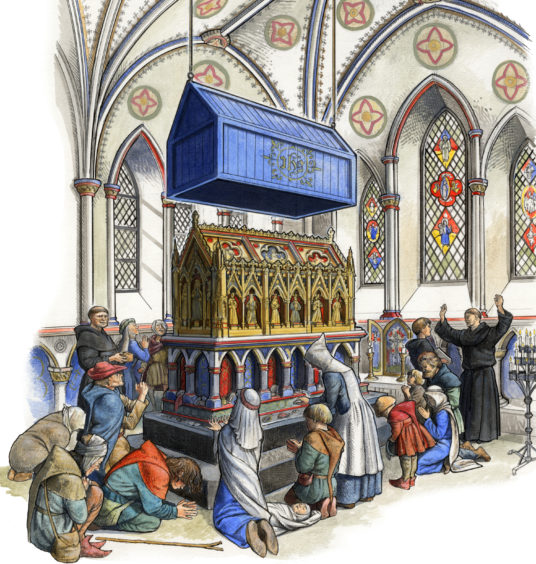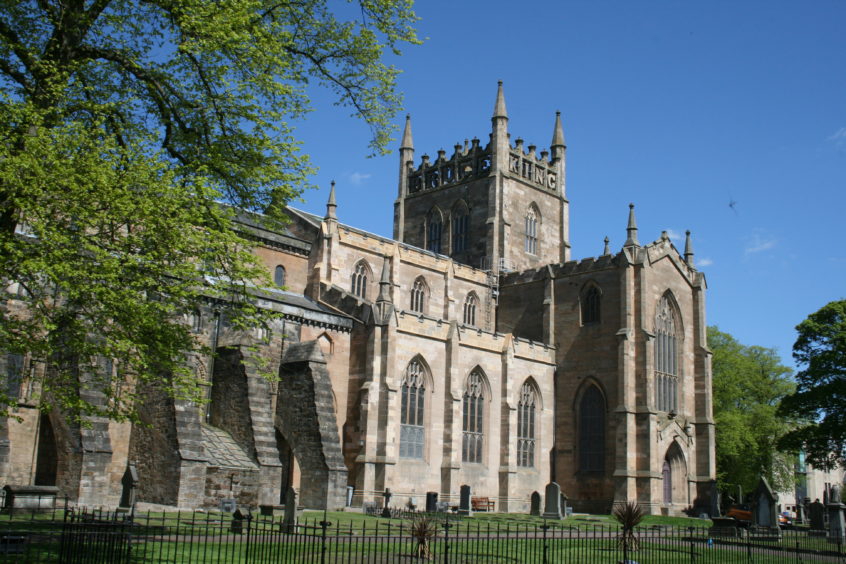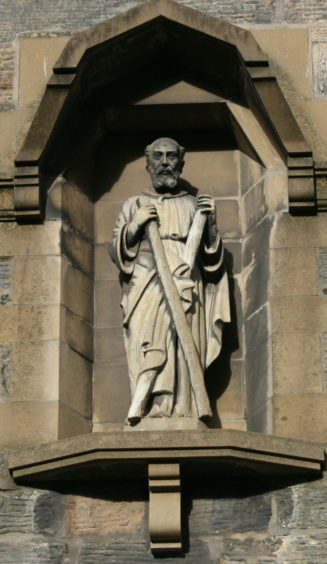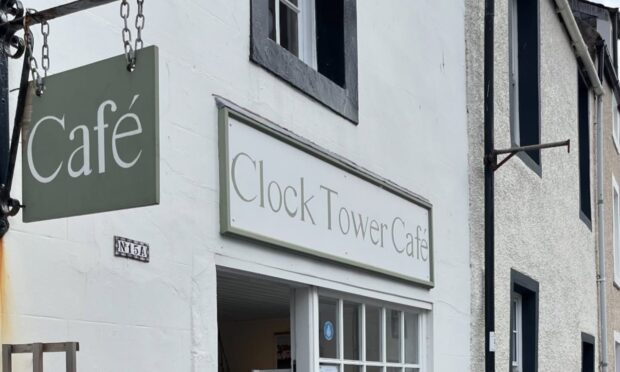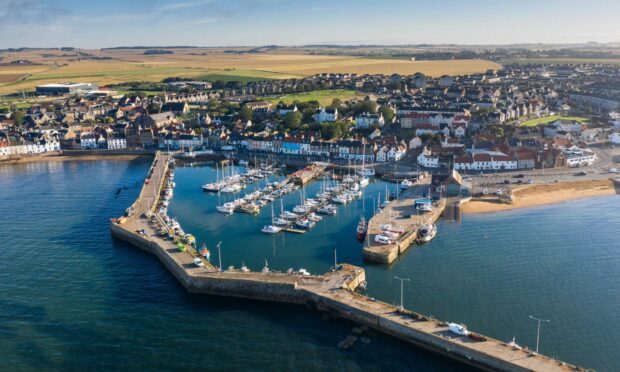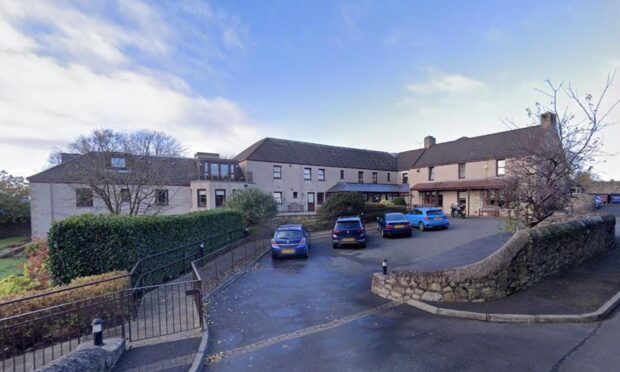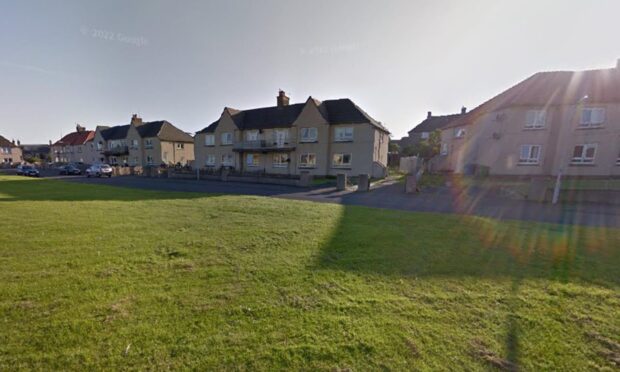As the Fife Pilgrim Way officially opens on July 5, Michael Alexander speaks to the author of the route’s “essential companion guide”.
It was known as the pilgrim kingdom – a place to which thousands of people travelled from across the British Isles and beyond to venerate the shrines of St Margaret in Dunfermline and St Andrew in St Andrews.
Now modern day tourism pilgrims can tread in the footsteps of their medieval forebears by following parts of or the whole of the Fife Pilgrim Way which officially launched on July 5.
The 64-mile route has two starting points on the northern shores of the Firth of Forth – at Culross with its associations with two early Scottish saints and at North Queensferry where Queen Margaret established the ferry crossing for pilgrims going to St Andrews.
From there it follows the old “beggar’s mantle” route through the heart of Fife to St Andrews, taking in some of the old paths that St Andrews Cathedral-bound pilgrims would have followed between the 14th and 16th centuries.
However, the waymarked path deliberately deviates from the route most medieval pilgrims would have taken to include the old West Fife coalfields and new town of Glenrothes in the hope that pilgrim tourists might bring economic benefits to some of these towns.
Ian Bradley is Emeritus Professor of cultural and spiritual history at St Andrews University who is a trustee of the Scottish Pilgrim Routes Forum and has been closely involved with the Fife Pilgrim Way since its conception.
He explained that the first discussions about creating a Fife Pilgrim Way was at Fife House, Glenrothes, in July 2012.
He has now produced a book The Fife Pilgrim Way: In the footsteps of monks, miners and martyrs, which is described as the “essential companion” for anyone exploring the way.
“In its heyday thousands of people would have been coming to St Andrews from right across the British Isles, from the continent, to venerate the supposed relics of the Apostle Andrew,” explained the professor, a former minister who has previously written other books about pilgrimage and spiritual journeys.
“In its heyday St Andrews only came behind Rome and Santiago in Spain as a pilgrim destination.
“We’ve got records of people coming from the continent, people often doing it as a type of penance – being sentenced via a church court or civil court because they’d committed some kind of an offence and this was part of a punishment.
“Right through the Middle Ages the whole economy of Fife was geared to pilgrims.
“But we are not exactly following the footsteps of the medieval pilgrims.
“They would have taken a slightly different route – starting in North Queensferry as we have, but from Kelty they would have gone a bit further north up to Kinross and Scotlandwell and Loch Leven.
“We deliberately wanted to route through some of the more deprived parts of west Fife and bring a bit of economic regeneration.
“But some of the route is exactly what some of the medieval pilgrims would have walked on,” he added. “For example the stretch between Kennoway and Ceres – particularly along the Waterless Road in Ceres.
“It’s a very old medieval pilgrim way and one of the best stretches in my opinion.”
Supported by the Scottish Government, Professor Bradley said that in addition to linking up the former pilgrim sites and bringing potential economic benefits, the route also aimed to get people into the outdoors while learning about history and even for people who wanted to “walk their faith rather than talk about it”.
Having lived in Fife for 35 years, he also enjoyed the research process – learning lots he didn’t know about.
“I have done a lot on the history of St Andrews and Scottish churches,” he said, “but the mining heritage of Fife I found fascinating to explore.
“The Communist heritage, solidarity and community in West Fife. I did a huge amount of research on the ground – I took most of the photos, talked to people. It was great fun really. It did involve a lot of research but was enormously rewarding and just discovering things.
“I must have driven down the A92 hundreds of times and didn’t realise such important prehistoric sites such as the Balbirnie stones and Balfarg henge.
“It was discovering a lot of things on our doorstep that a lot of us in Fife probably don’t realise.”
The professor said the Fife Pilgrim Way was a direct alternative to the established Fife Coastal Path – going through the “inards of Fife” instead.
“The Scottish King James VI called the ancient Pictish Kingdom of Fife ‘a beggar’s mantle fringed with gold’,” he said, adding that it’s the sort of walk people can do in sections with some parts accessible by wheelchair or bike and most accessible by public transport.
“It goes through the ‘beggars’ mantle’ in the heart of the kingdom rather than the fringe of gold around the coast.
“It’s a wonderful way of walking through Scottish and Fife history, and Fife in effect is a microcosm of Scotland right through.”
